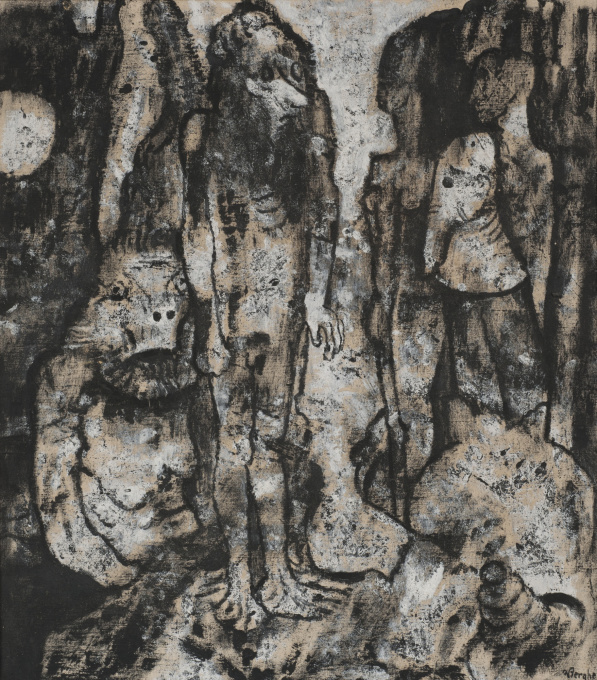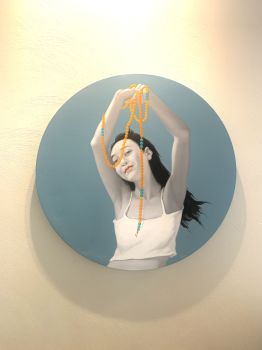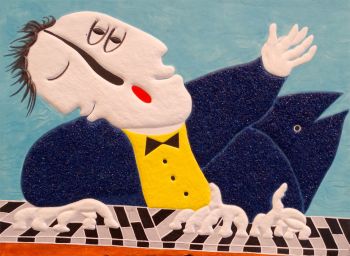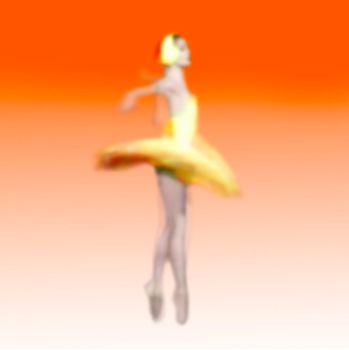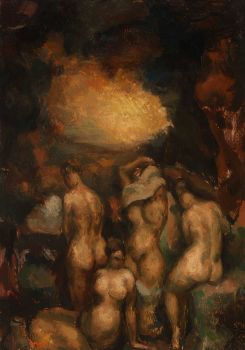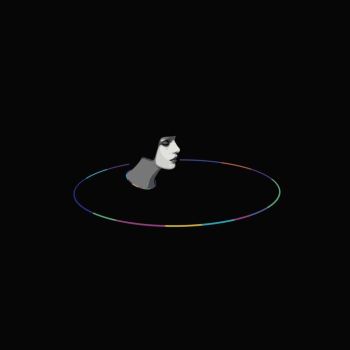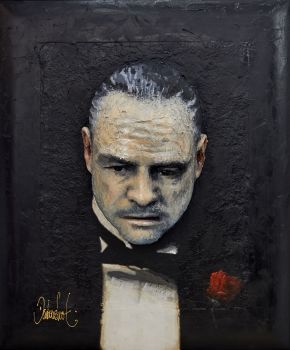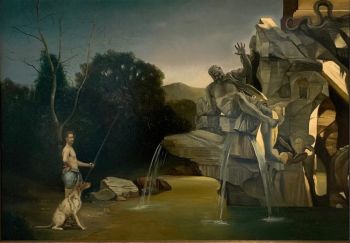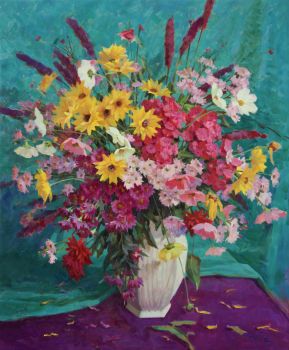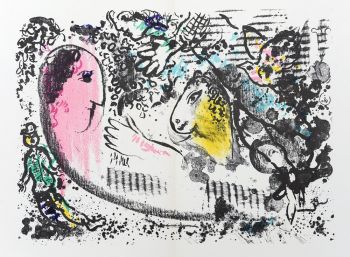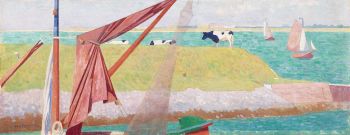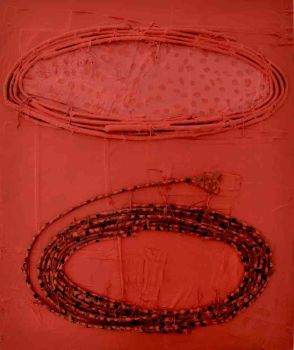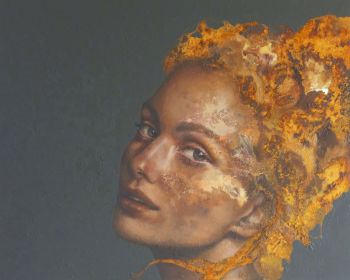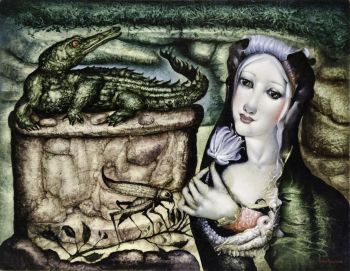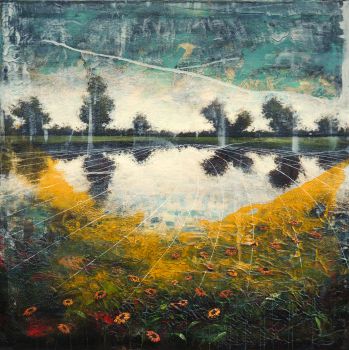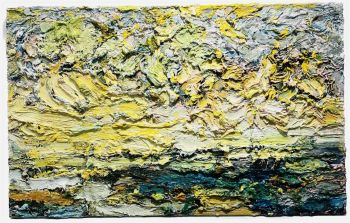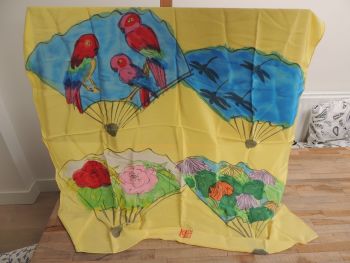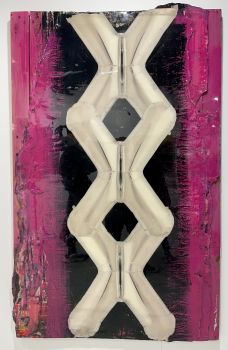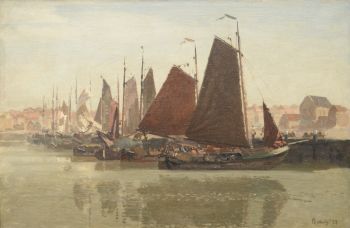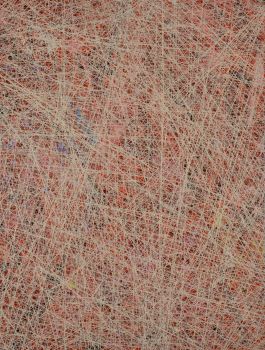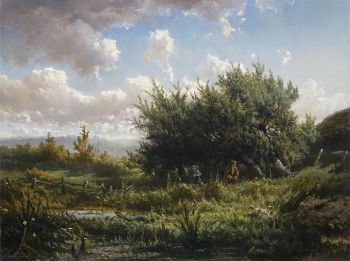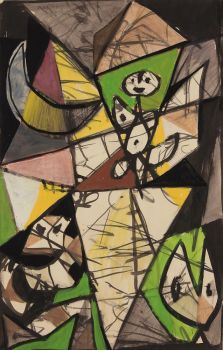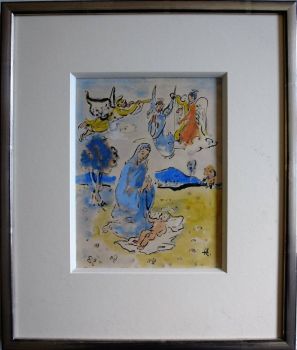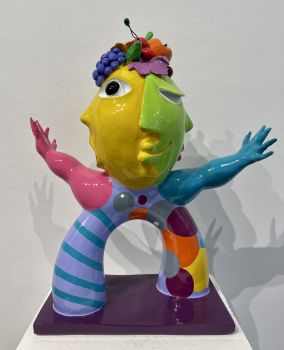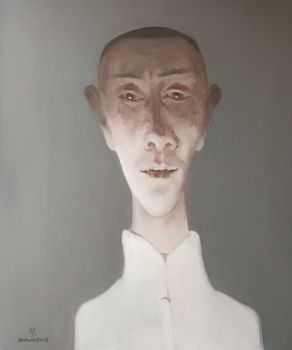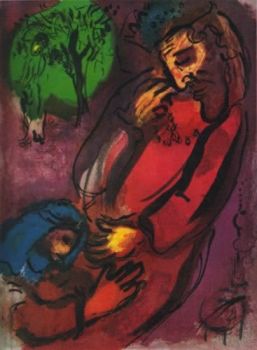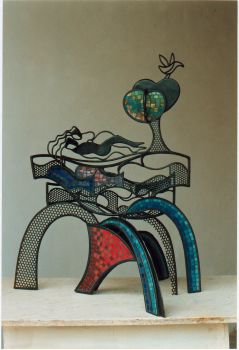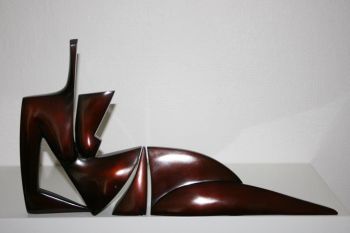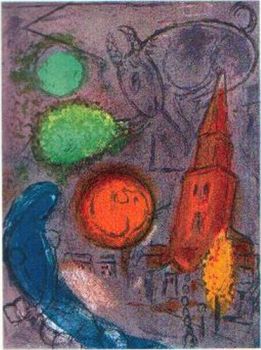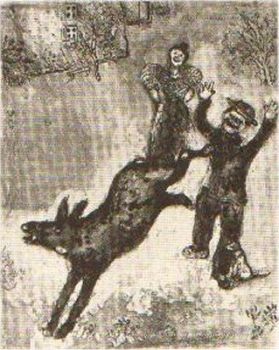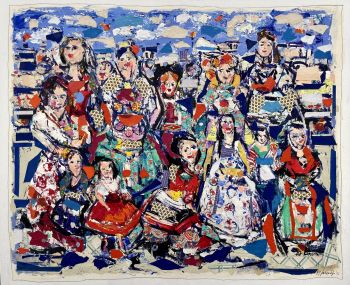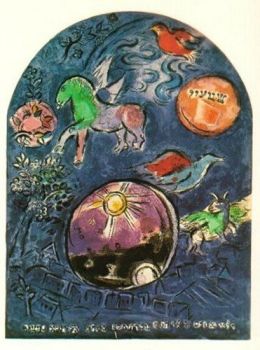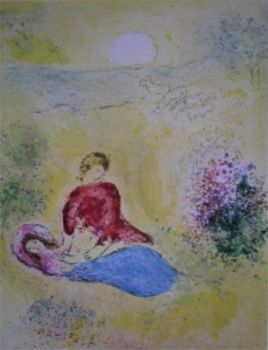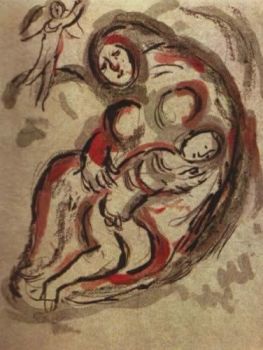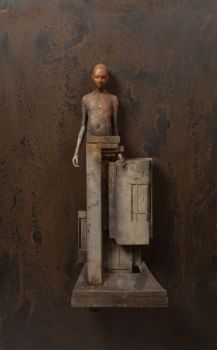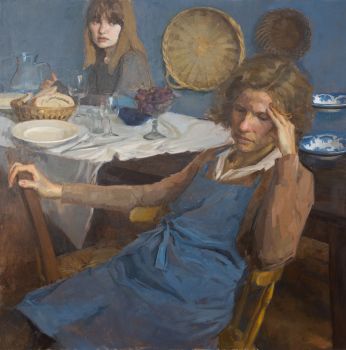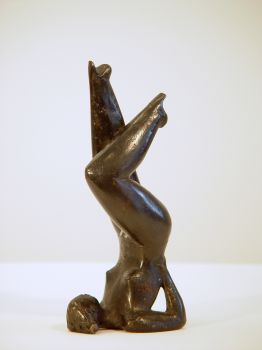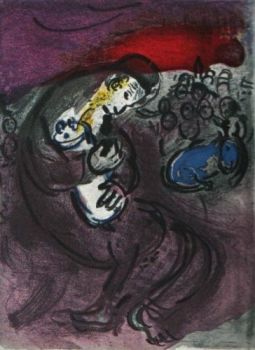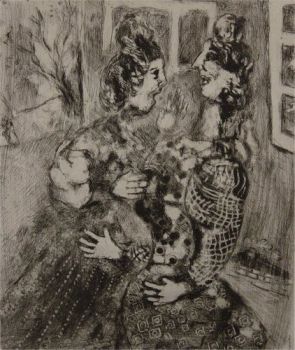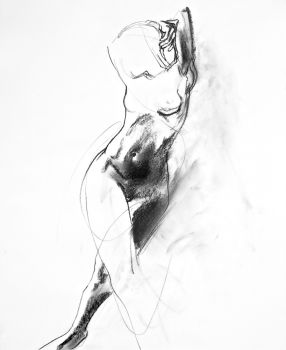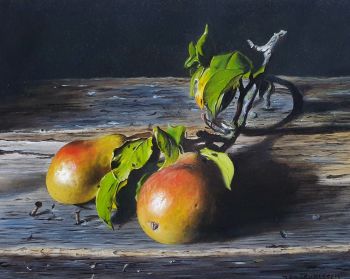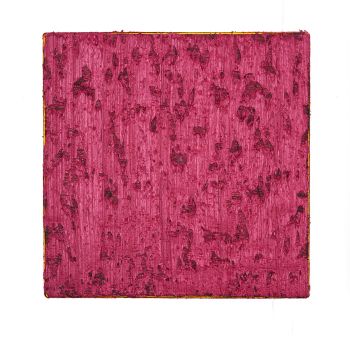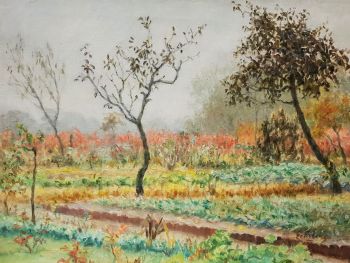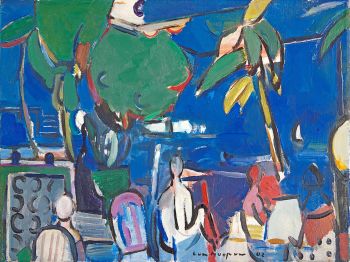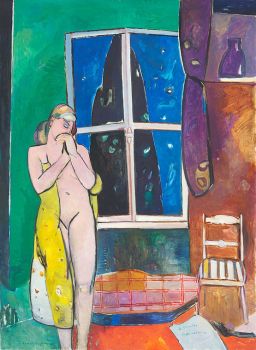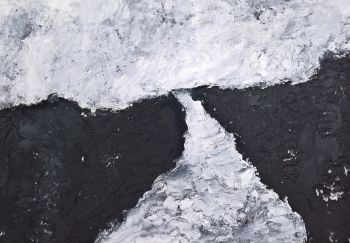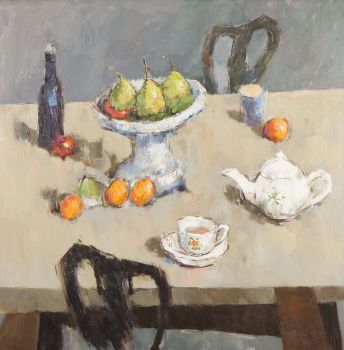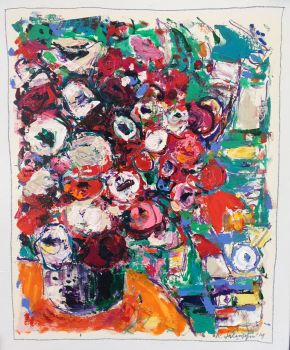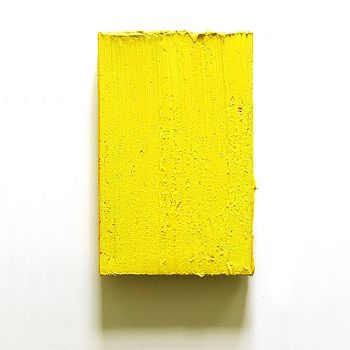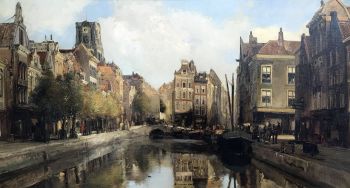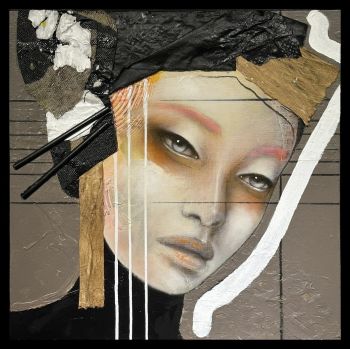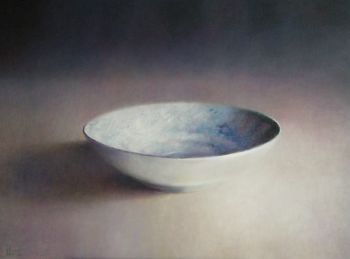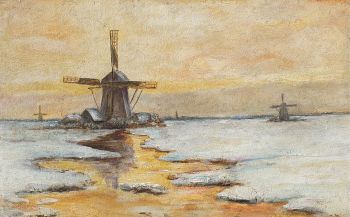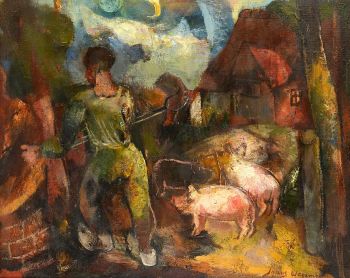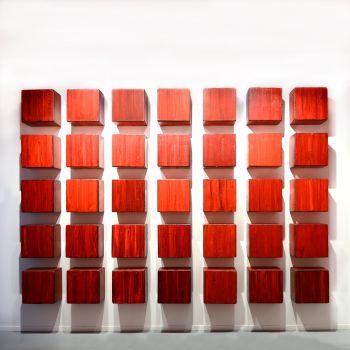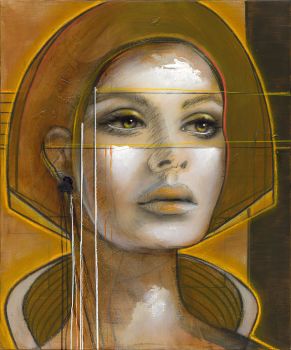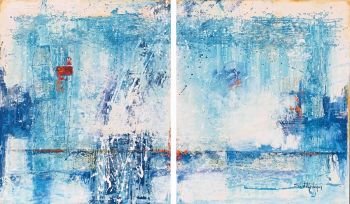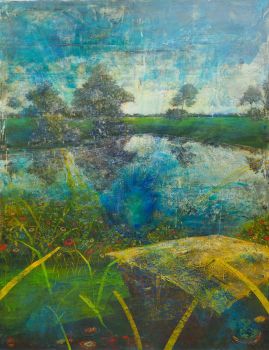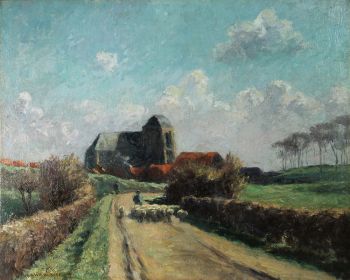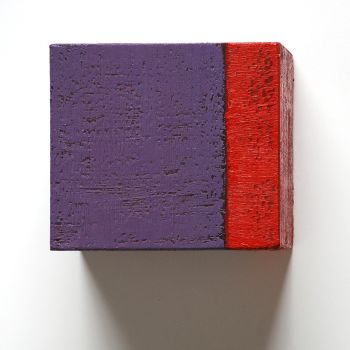La Peur 1930
Frits Van Den Berghe
TelaPintura a óleoPintar
53 ⨯ 47 cm
ConditionExcellent
Atualmente indisponível via Gallerease
- Sobre arteOil on canvas
53,98 x 47,94 cm.
Signed: lower right ‘FvBerghe’
Provenance: Galerie Le Centaure, Brussels; Dr. S. Simon Muller, Brussels 1932; Auct. Sotheby’s. Paris, 24 March 2017, lot no. 28; Private collection, Belgium.
Literature: Piet Boyens, Frits van den Berghe 1883-1939, Antwerp 1999, no. 680, p.450, ill., as: De Angst.; Emile Langui, Frits Van den Berghe, 1883-1939: catalogue raisonné de son oeuvre peint, Brussels 1966, no. 362, ill., as: La Peur (De Angst).
Frits van den Bergh was the first Flemish expressionist, experimenting different styles. Initially he worked impressionistic, a style he found suitable to express his soul. The subconscious truly fascinated the Belgian artist, therefore Surrealistic elements entered his artworks. Caused by the political and social recession of the 1920s and 1930s, as well as the mental condition of Van den Berghe, subjects such as threat, desolation and fear became more leading in his work. These themes correspond perfectly to the expressionistic style he adopted. Marked by Impressionism, Expressionism and Surrealism, he tries to free himself from the dominant currents by turning to the world of the unconscious and the metaphor. Every image inspired by the real world often seems to move away from it. Around 1927 Van den Berghe choosed the way of surrealism. His manner of painting changed and the subjects became frightening dreams, in which eccentric figures float or fall. La Peur (1930) is an example of his late period in which he was influenced by the First World War and the economic crisis. He painted in tender ochres to dark earth tones, suggested dream images and grotesque hallucinations. With La Peur Van den Berghe put a face on the emotion fear. To him these monstrous figures are an embodiment of the power of the subconscious. Inspired by Max Ernst he found his solution for the processing of his expressionistic painting trend and his own poetic, dramatic and emotional moods. There are erratic figures and surfaces on the canvas that let us know Van den Berghe in all its capriciousness and bizarreness. - Sobre artistaFrits van den Berghe foi um pintor, desenhista e gravador flamengo de Gent. Van den Berghe trabalhou em uma ampla variedade de estilos, passando do impressionismo ao expressionismo e, eventualmente, ao surrealismo fantástico. Juntamente com Albert Servaes, Constant Permeke e Gustaaf de Smet, Van den Berghe é considerado um dos co-fundadores do grupo Expressionismo Latem. Algumas das outras sociedades de arte nas quais ele atuou foram L'Art Vivant, Sélection e Les Compagnons de l'Art. Ele lecionou na Academia de Artes de Gent, onde também estudou. Retornando de Nova York em 1914, Frits se inspirou no fauvismo e no expressionismo alemão de Jan Sluijter. Durante a primeira guerra mundial, seu expressionismo floresceu. Em 1928, Van den Berghe começou a fazer charges para a revista socialista 'Vooruit', onde permaneceria até sua morte. Nesse ínterim, o estilo de Van den Berghe evoluiu do expressionismo para o surrealismo fantástico, retratando pesadelos, sonhos e alucinações em uma paleta de cores forte, claramente influenciada pelo surrealista alemão Max Ernst. Ele retratou o ser humano como sendo geralmente obcecado e medroso. Influências de vários artistas importantes, como Max Ernst, Egon Schiele, Giorgio de Chirico, Edvard Munch e Leo Gestel são reconhecíveis em seu trabalho.
Related artworks
- 1 - 4 / 24
- 1 - 4 / 24
- 1 - 4 / 24

